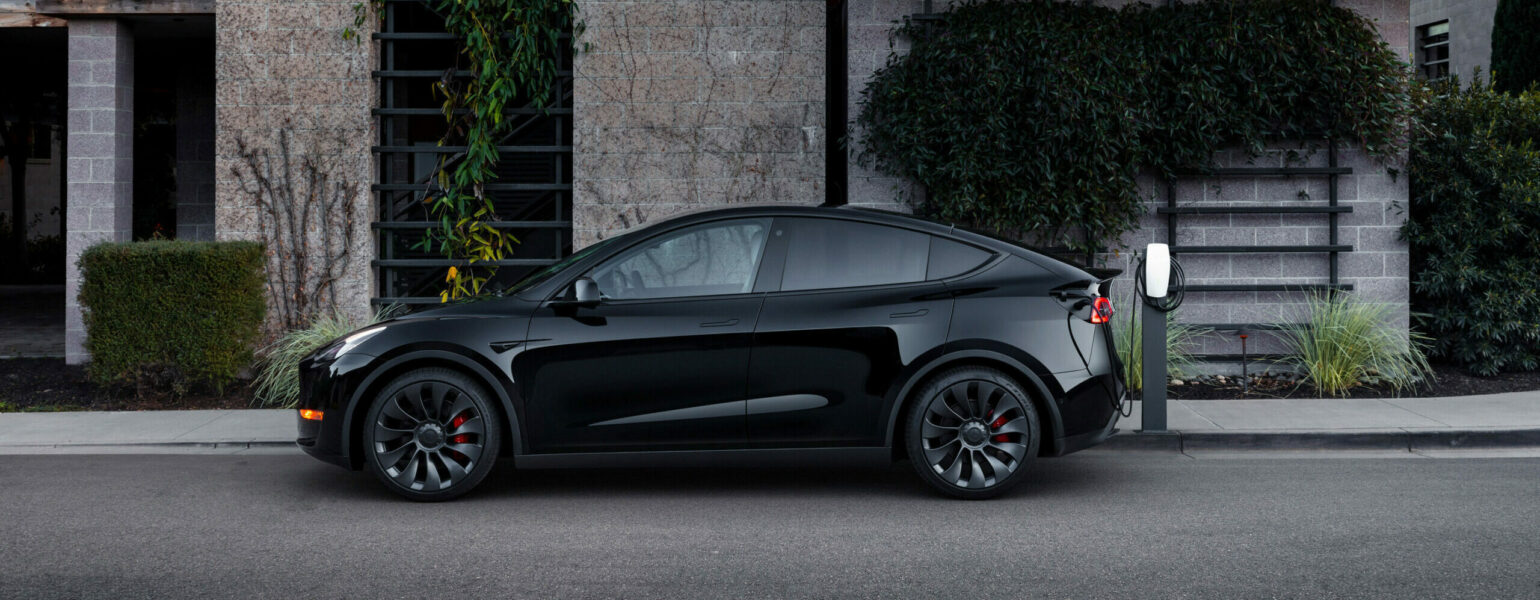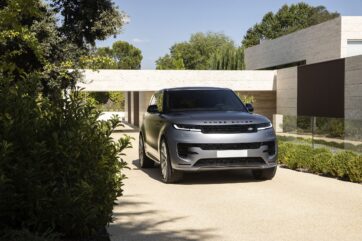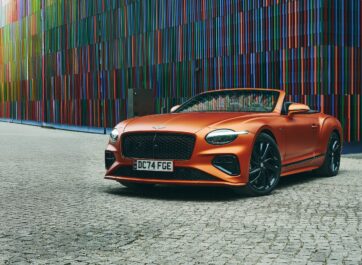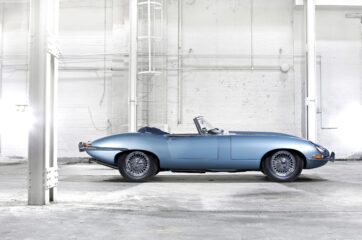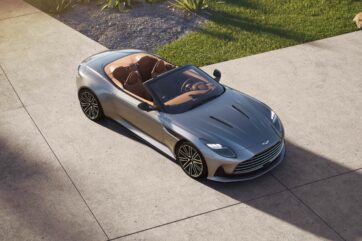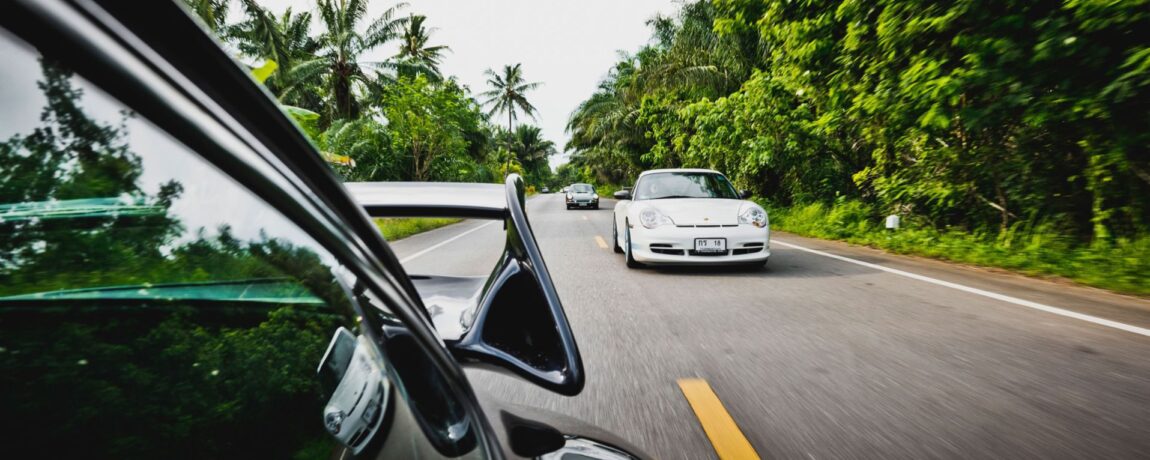
Future Classics Turning 20 Years Old
The definition of a classic car varies according to different organisations. The DVLA state that a 40-year-old car is considered a classic and therefore is road tax exempt. HMRC suitably take a mathematical approach and say it must be at least 15 years old and be worth more than £15,000, owners of Subaru Imprezas, E92 BMW M3’s and 987 Porsche Caymans from 2009 or before will be pleased about that. Also, many insurance companies consider something over 20 years to be eligible for a classic car policy.
However you determine what makes a car a classic, it is certain that it is something desirable and sought after, usually quite rare and has a certain iconic status about it that is only growing with time. It could be argued that the DVLA classification is probably the right way to think about classic car status and that anything newer is seen as a ‘future classic’. Something that is ultimately likely to see prices appreciating over the next few years and could represent a sound investment.
With that in mind, we thought we would take a look at cars that have turned 20 years old this year that are well on their way to be future classics:
Porsche 911 GT3 RS (996)
With the 996 GT3 already showing what Porsche’s motorsport knowhow was capable of on the road, they decided to then unleash a version ‘designed as a road-approved racing car’. The GT3 RS was born and has been the benchmark for road going racing cars ever since. Offered only in White with the choice of red or blue graphics and matching wheels and with an exposed carbon fibre fixed rear wing, the GT3 RS was instantly distinguishable from the rest of the 911 range.
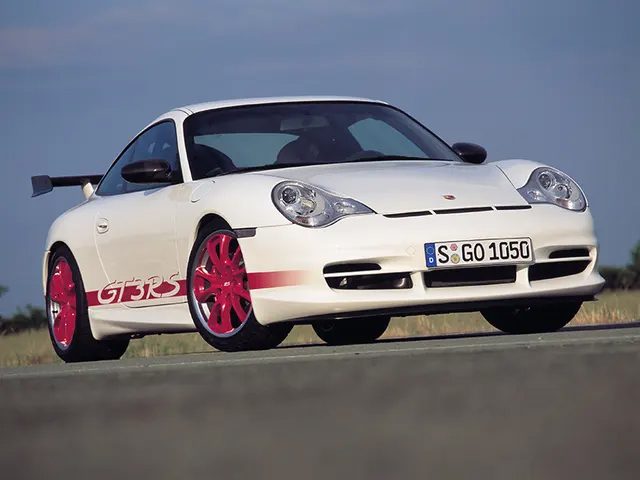
The combination of the more powerful 3.6-litre naturally aspirated engine, now producing 375bhp, and the extensive use of lightweight measures such as the carbon fibre body panels and polycarbonate rear window meant that the RS performed exceptionally. 50kg lighter than the GT3 Clubsport, the RS also utilised racing car derived bodywork, suspension components and engine parts to ensure that it definitely meant business.
When new, the 996 generation GT3 RS was just over £84,000 and by 2010 the value had dropped to around £60,000. The once mocked ‘fried egg’ headlight styling of the 996 is now becoming desirable amongst collectors and the rarity of the original GT3 RS (less than 700 were made) means that prices have been on the rise ever since. Popular valuation oracle Hagerty state that one in good condition can be expected to cost around £140,000, backed up by the two examples currently listed on Car & Classic for £150k and £170k. Surely there is only one way these 911 prices are heading.
BMW M3 CSL (E46)
Much like the GT3 RS, the CSL took the knowledge and engineering of BMW’s motorsport division to create the ultimate version of the legendary M3. Taking the smooth naturally aspirated 3.0-litre 6-cylinder engine and increasing power output to 355bhp was just the start. Whereas some special editions lighten a car a little, BMW’s engineers stripped weight anywhere they could to save an impressive 110kg from the mass of the car. From the first carbon fibre roof on an ‘M car’ to a lightweight exhaust system and thinner glazing it all added up to make a difference, the air conditioning and even the radio could also optionally be taken out to save valuable weight.
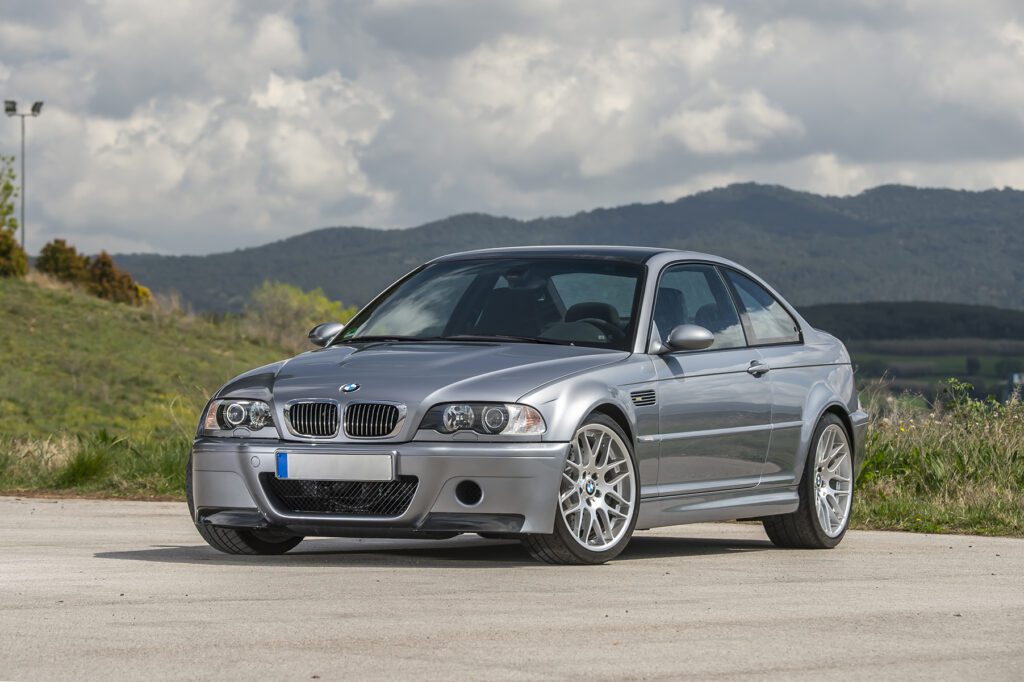
All of the 1,383 cars made were either Sapphire Black or Silver Grey and featured a purposeful wider track and semi-slick tyres that needed a disclaimer to be signed so that you understood they would be less than cooperative in damp conditions. Buyers of a CSL that held a racing licence could also get the 155mph limiter raised to 174mph instead.
20 years ago, a new BMW M3 CSL would set you back £58,455, an almost 50% increase on the existing M3 at the time. Many people thought that was a bit too much to ask for an extra 17bhp, even if it did mean it lapped the Nürburgring a huge 30 seconds quicker. Whilst at the time it caused BMW UK to reduce numbers from 500 examples to just 422, these days it means it is even more rare. Prices these days for the ‘ultimate M3’ are north of £100,000 (Hagerty valuation) for one in good condition and have been rising consistently. Finding someone willing to part with theirs though is another matter.
TVR Sagaris
British car company TVR famously did things their own way. Even with the Sagaris, their final model before going bankrupt, they ignored the EU guidance that all new cars should have ABS and airbags, deciding that the former merely promoted overconfidence when driving and the latter risked lives in the event of a rollover. Bold statements about standard fit safety systems, but it showed the company’s confidence with how serious they took the driving feel of their cars.
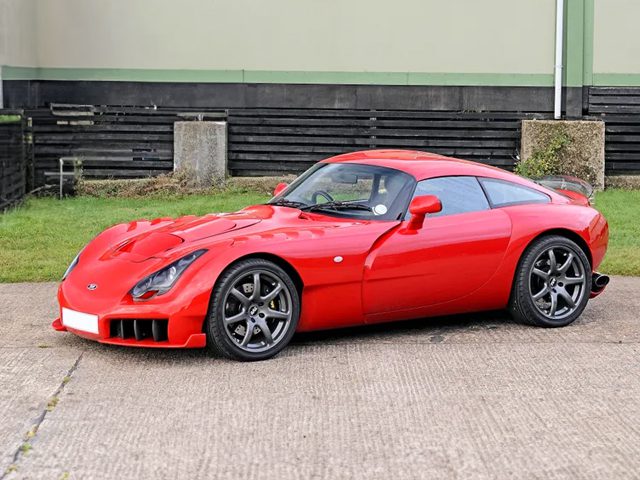
With the Sagaris, the company saved the best till last. Everything from its extreme aerodynamic styling, clear rear spoiler, side exiting rear exhausts and the fact it offered over 400bhp in a car that weighed a little over 1,000kg, was more extreme than most TVR’s that had gone before it. Not only that but their Chief Engineer was frustrated with the brand’s quality reputation and as such the Sagaris was thankfully engineered beyond the standard of any model that had gone previously.
Although it was the best built, comfiest and easiest to drive model when it needed to be, it could still roar into life and test your driving skills at the press of your right foot. The Sagaris cost £50,000 when new and despite being able to embarrass cars costing a lot more, it would have been a bold purchase based on the brand’s reputation for reliability and build quality. With reportedly just 211 cars made before the company was no more, the rarity and desirability of the model means that values are seeing some considerable gains in recent years, with 2 models currently listed for sale either side of £70,000.
Noble M12 / M400
Noble started off appearing like any other small production sports car manufacturer, ambitious and with great ideas yet ultimately would struggle to mix it with the established brands. Yet anyone who has been behind the wheel of a Noble creation soon saw the appeal and realised just how great they are to drive. Despite a shoestring budget the company managed to create cars that could show many big names a thing or two around a racetrack or on the road.
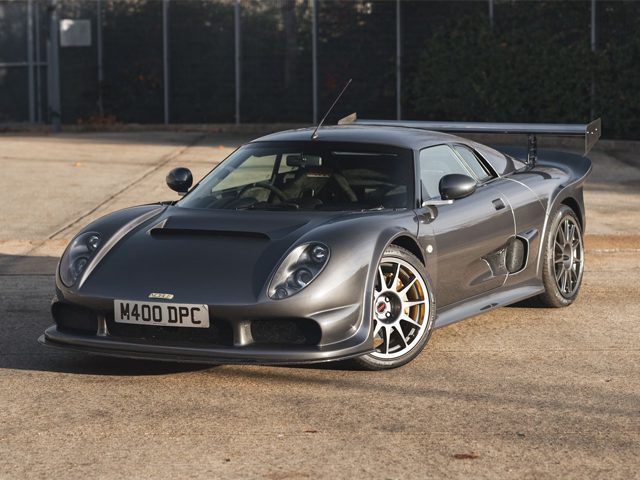
The M12 made everyone take notice. With a reliable Ford sourced V6 offering over 350bhp, a lightweight fibreglass body, a racing car style steel spaceframe tubular chassis and actual downforce, the Noble was a handling revelation. Its performance statistics of 0-62mph in 3.9 seconds and 0-100mph in 9.0 seconds is just as impressive 20 years later. The more powerful later addition ‘M400’ was the ultimate version based on the M12, with 400bhp per tonne and the ease of handling that could make any competent driver look like Lewis Hamilton.
Despite costing just £50,000, later £60,000 for the M400, its impressive performance meant it was often tested against everything from Porsche 911 GT3’s, Ferrari 360’s and Lamborghini Murcielagos costing many times more. Just 75 M400’s were made over 3 years making the car not just rare but also difficult to find for sale anywhere. At time of writing there were 3 Noble M12’s and a singular M400 for sale on Car & Classic, with the latter asking £55,000. It is surely only a matter of time until they push past their original sale price.
Aston Martin DB9
The Aston Martin DB9 was the modern successor that the DB7 desperately needed. After 10 years on sale under Ford ownership and using many Jaguar resources, Mazda taillights, Ford Scorpio switches and Citroen wing mirrors, the DB7 was beginning to show its age. Its all-new replacement, the DB9, started from scratch with everything from the chassis and its construction techniques to the suspension set up and even the bodywork materials.
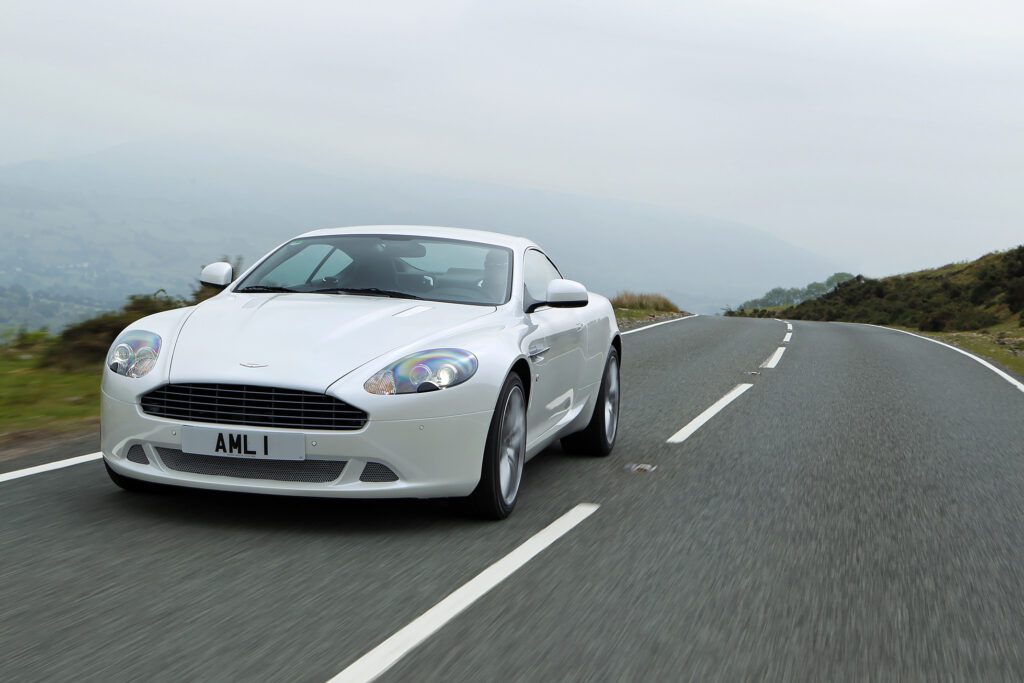
Everything from the more modern styling and updated technology to the performance and handling were a dramatic improvement over the outgoing model. Despite its ‘grand tourer’ intentions the focus on weight distribution and saving unnecessary mass meant that it could perform like a sports car when needed. The newly designed interior also meant that it felt like a special place to sit and was a new level of refinement and luxury, even for an Aston Martin.
Despite turning 20 years old, the DB9 has managed to age well and looks nowhere near as dated as other models of the same era. Back in 2004 it cost £140,000 before any of the numerous expensive options were selected and over the following years had suffered with considerable depreciation. It has, however, seen a recent rise in values and a good example can now cost more than £40,000, with some low mileage cars priced above £50,000 or even £60,000. At a time when many of the cars on this list have already seen huge increases in value in recent years, it might be the best time to find a good DB9 before the values rise even further.
Ford GT
Speaking of models that have seen huge rises in value in recent years brings us to the Ford GT. Built as a present to themselves to celebrate the centenary of the company, the GT was an all-new interpretation of their most famous racing car, the Le Mans conquering GT40 of the 1960’s. Sharing more than just a likeness to the legendary racing car, the GT was bigger, wider and more importantly taller than the original, meaning it was more accessible especially for taller drivers.
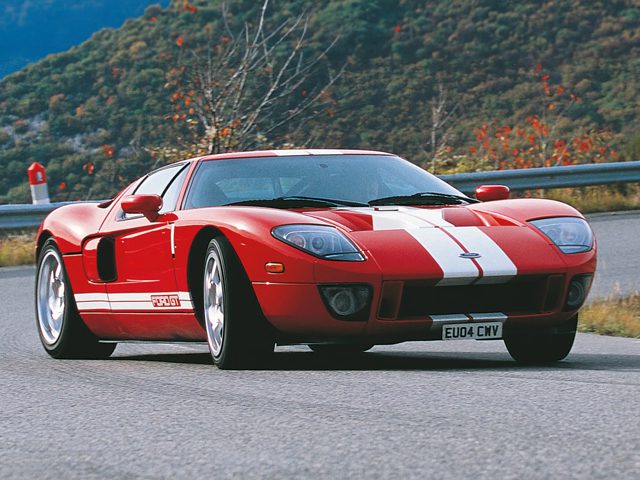
Early teasing of the concept cars led to huge demand for the new GT and over 4,000 were produced over 2 years. Featuring a 5.4-litre supercharged V8 engine producing 542bhp, the GT could accelerate from 0-62mph in conservative figures of 3.8 seconds and a top speed of 205mph, making it one of the fastest cars in the world at the time.
20 years ago, although deemed as ‘expensive for a Ford’, the GT was priced at just over £120,000. These days, despite relatively generous production numbers for a car of that type, the demand for the GT has not subsided at all, even with an all-new model recently taking the concept of remaking the original racing car even further. A good condition low mileage of the early 2000’s Ford GT is priced in excess of £300,000, with 2 examples currently listed on Car & Classic for around £400,000.
Mercedes Benz SLR McLaren
Signifying and commemorating racing success is exactly what Mercedes Benz had in mind when they came up with the SLR. Jointly developed by Mercedes Benz and McLaren, thanks to the former’s 40 percent stake in the company at the time, the SLR was designed as a homage to the 300 SLR of the 1950’s and their current Formula 1 collaboration. Mercedes would be responsible for the styling aspect with McLaren taking care of pretty much everything else on the project.
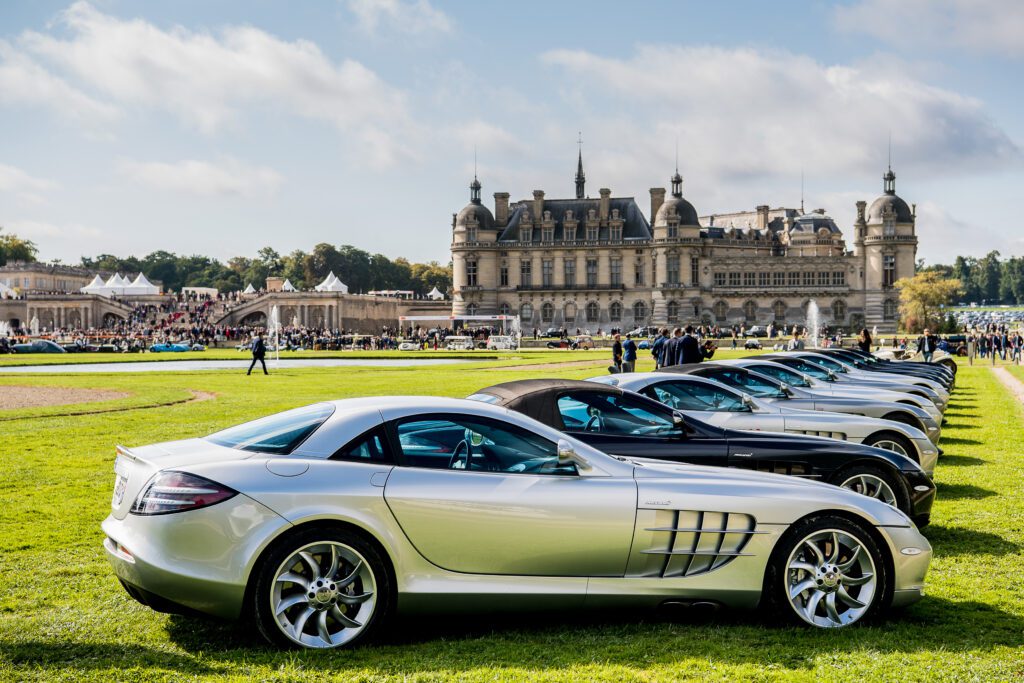
Utilising sophisticated race-derived practices such as carbon-ceramic brakes using a brake-by-wire system, active aerodynamics including an airbrake and a flat underbody with rear diffuser, the SLR was very advanced for its time. The hand-built supercharged 5.4-litre V8 engine produced almost 620bhp allowing for a 0-62mph time of just 3.4 seconds and a top speed of 207mph. But it is the sound that leaves a lasting impression thanks to the under-car aerodynamic set up meaning that the trademark side-exit exhausts were placed exactly where you could hear them the most.
Of the 3,500 examples originally planned, Mercedes built a total of 2,157 cars yet despite the decrease in numbers, the SLR has remained one of the most sought-after cars of its era. With an original list price of just under £325,000, SLR values had initially fallen by quite some margin. Rivals at the time in terms of performance, despite the SLR being mostly aimed at grand touring, were the Porsche Carrera GT and Ferrari Enzo, both of which have seen exponential rise in values in recent years and can now be worth £2m-£3m or more. The McLaren-Mercedes value is largely around its original list price, but its rarity and collectability mean that it is likely to be much higher than that over the coming years.
Ferrari 612 Scaglietti
Ferrari’s replacement for the 456 came in the form of the larger 612 Scaglietti. Its bigger dimensions made the car a true 4-seater ideal for grand touring and was styled as a homage to the 375 MM of the mid-1950’s. Named in tribute to the company’s famous coachbuilder, Sergio Scaglietti and his company, who hand-built their car’s bodywork since the late 1940’s and whose factory was later acquired by Ferrari.
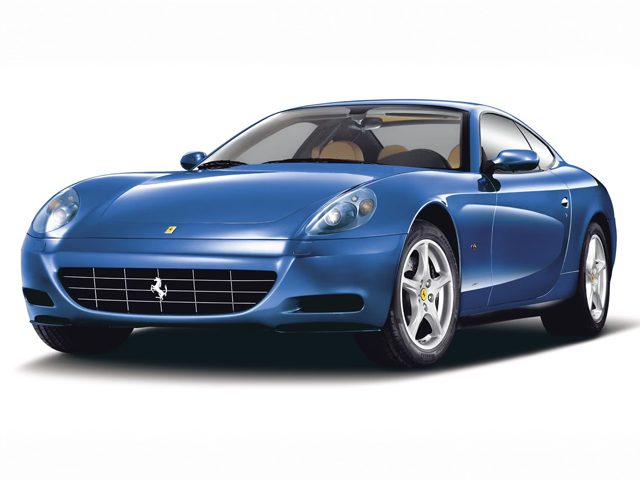
Their second all-aluminium vehicle after the 360 Modena, the 612 shared its 5.7-litre V12 engine with the 575 and its advanced chassis formed the basis of the 599 GTB. Designed with comfort and long-range ability in mind, its powerful engine and lightweight construction meant that it could also accelerate to 62mph in just 4 seconds and had a top speed just under 200mph. Over 3,000 612 models were produced over 7 years before production stopped in 2011.
In 2004, the 612 Scaglietti started at just over £182,000 and as is the way historically with 4-seater Ferrari models, it had seen quite a dip in values over the following decade. Recently, however the appeal and admiration for the 612 is beginning to gather momentum and values are beginning to creep back up towards the list price again. Those currently for sale range between £60,000 to £100,000 for low mileage examples, and those with the relevant history and maintenance file will no doubt see those values rise even higher over the next few years.
Ford Mustang (Mk5)
The 5th generation of Ford Mustang launched in 2004 formed part of the brand’s intention to bring back the ‘heritage’ editions that also included the GT and the Thunderbird. Much like the Ford GT took its inspiration from the GT40 racing car, the latest Mustang offered more than a hint of the original 1960’s styling in its design and silhouette. Just like the new GT had, the latest Mustang managed to look like a modern interpretation of the classic car with the latest technology and engine within.
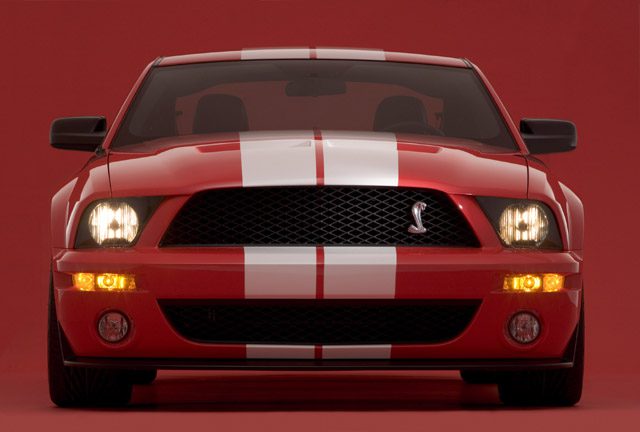
Much like the original it also brought the American Muscle ideal back with an available 4.6-litre V8 offering 300bhp in the Mustang GT variant. This was later joined by one of the most iconic badges of them all, with the 5.4-litre, 500bhp Shelby GT500. All variants were also available with twin ‘viper stripes’ and the Shelby GT500 with ‘GT500’ sill stripes to match the original.
The 5th generation of Ford Mustang started at just under £30,000 for the base V6 model, with the V8 starting at just £5,000 more. A comparative muscle car bargain for a car with that power and soundtrack. The Shelby GT500 version is obviously more sought after and started at under £45,000, still a lot of car for the money. A low mileage good condition Shelby GT500 can be found for £30,000 to £40,000 and with not many making it to UK shores, it must be a rare find almost 20 years later, and a fantastic route into a future classic.
Ferrari Enzo / Maserati MC12
If any model has already proved that a highly sought-after future classic can gain the popularity and demand of a genuine classic after 20 years or less it is the Ferrari Enzo, and its sister car, the Maserati MC12. Whereas the Enzo was created to be the ultimate flagship of the Ferrari range, the Maserati sibling was created for their return to racing after 37 years of absence. Specifically for the FIA GT Championship, it required 25 road going variants to be produced, however a change in the rules for maximum length meant a further 25 were also created. Ferrari on the other hand built 399 Enzo’s with a final 400th built and donated to The Vatican for charity.
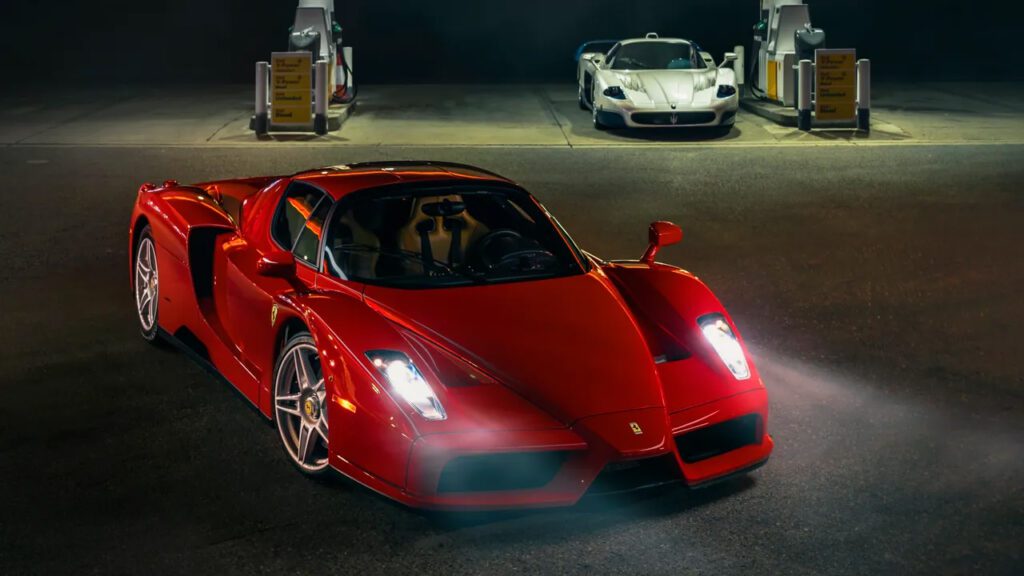
Despite being developed on the same chassis, the MC12 is longer, wider and taller yet has a lower drag coefficient, but the Enzo accelerates quicker and has a higher top speed. Both cars utilise F1 technology, a full carbon fibre body and carbon ceramic brakes yet also incorporate features such as active aerodynamics. They also share a 6.0-litre V12 engine developing 651bhp in the Ferrari and 621bhp in the Maserati.
In 2004, the Ferrari Enzo list price started at around £400,000 – at the time the most expensive Ferrari ever made, whereas the Maserati started at £412,000. According to expert valuation website Hagerty, an excellent condition MC12 can start at around £1.5million, with a concours quality vehicle reaching £2million and above. The Ferrari Enzo, despite being less rare is actually much more in demand, with models commanding £3million to £4million at current estimates. A fantastic return for anyone who bought either car when they were first offered for sale.
Classic & Future Classic Car Finance
At Oracle Car Finance we have your new car funding sorted, no matter which kind it is or what age it may be. Our team of Account Managers are experts in finding funding for classic and future classic cars and use our panel of specialist lenders to help you to find the perfect package, bespoke to you and your circumstances. Our team are always on hand should you have any questions about arranging car finance and your dedicated Account Manager is ready to take your call today. Not only that, but our knowledge of the car market means we can offer advice regarding residual values or offer you a free valuation on your current car.
With over 2,500 Trustpilot reviews and a overall rating of 5 out of 5, and as four-time consecutive award winners of the Best Specialist Car Finance Provider award from 2020 onwards, you too can find out why thousands of people trust us time and time again to find a smarter, tailored funding solution when looking for your next dream car.
Make sure you follow us on Instagram, LinkedIn and Facebook to keep up to date with what’s happening in the market and to see some stunning photos and videos of the amazing cars we fund.
